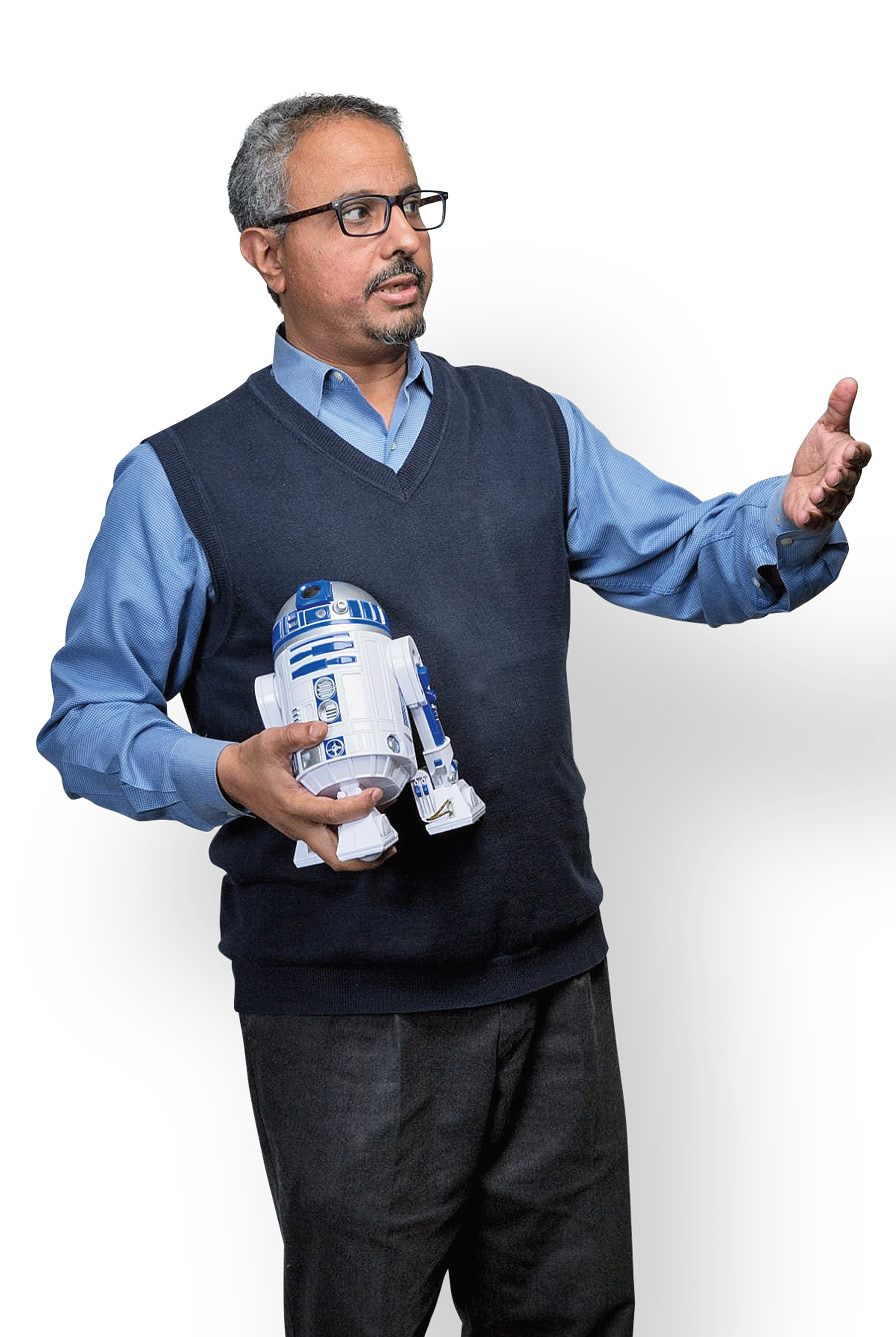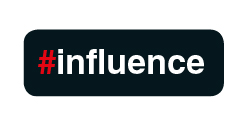Text Lars-Thorben Niggehoff ––– Photography
Five years ago, Ahmed Banafa’s audience was still very limited. The American had a network of 27 on LinkedIn and his followers on Twitter were mainly acquaintances and work colleagues. But then the electrical engineer, who teaches at several universities in the U.S. state of California, started publishing articles and posting about his specialist subjects – artificial intelligence, the Internet of Things (IoT) and blockchain – on the professional network LinkedIn. Today, Banafa has more than 38,000 followers on LinkedIn, which named him the most influential expert on technology and the IoT in 2016. He has published two books and is regularly asked to appear as an expert on TV shows in the United States. For those in the technology sector, Banafa is currently one of the voices they listen to, someone who can have an impact – an influencer. The main reason for this lies in his credibility. “I have been in the business for 25 years. I attend lots of conferences and events. People know me, particularly in Silicon Valley.”
Influencers are people who have a large following in social media networks. Everything they post online is seen by hundreds of thousands, if not millions, of people. They influence what others – particularly young people – decide to buy. Around 40 per cent of all social media users profess to having at least once bought a product after seeing it used by an influencer. Companies in the B2C domain have been making good use of this effect for quite some time – actively sponsoring Internet stars or sending them their products to test. Above all, the cosmetics and fashion industries invest large amounts of their marketing budget in influencer-based advertising. A benchmark report compiled by the Influencer Marketing Hub calculated that influencers accounted for 1.7 billion U.S. dollars in sales in 2016, with the figure apparently set to rise to six billion this year.
In the B2B domain, different things are required from influencers. These men and women are far removed from candy-coloured videos presenting make-up tips. They are experts who reach an audience of hundreds of thousands in social networks with a keen interest in their field, and they have a major influence over what does or doesn’t catch on in the sector. They can be the CEOs of billion-dollar conglomerates or professors in a relevant discipline.
Influencers in B2B
“In the consumer domain, some influencers are developing an increasingly dubious image. However, influencer marketing in B2B works in a completely different way,” explains Michael Schmitt, owner of the communications consultancy firm schmitt kommuniziert, who has specialised in digital B2B communications and worked as a business consultant in this field for years. He attributes the growing importance of influencers to demographic change in many companies’ procurement departments. In 2015, a study by Google found that by now 46 per cent of researchers and purchasers in the B2B domain are millennials and thus entirely in their element in digital media.
Two thirds of purchasers are also open to influence via these channels when it comes to procurement decisions – due in part to the many experts and advisers who now move in digital circles. “These consultants and experts are not a new phenomenon per se,” explains Thomas Pleil, Professor in Public Relations at Darmstadt University of Applied Sciences and spokesperson for the Directorship of its Institute for Communication and Media (among other things). Trade journalists, professors and satisfied customers have always been important advocates for products. “They have always been on the conference circuits and in high demand. The same goes for specialist media. This analogue world is backed up by the digital dimension these days,” he explains. As such, the digital networks in principle act as an auxiliary channel to the familiar lines of B2B communication.

